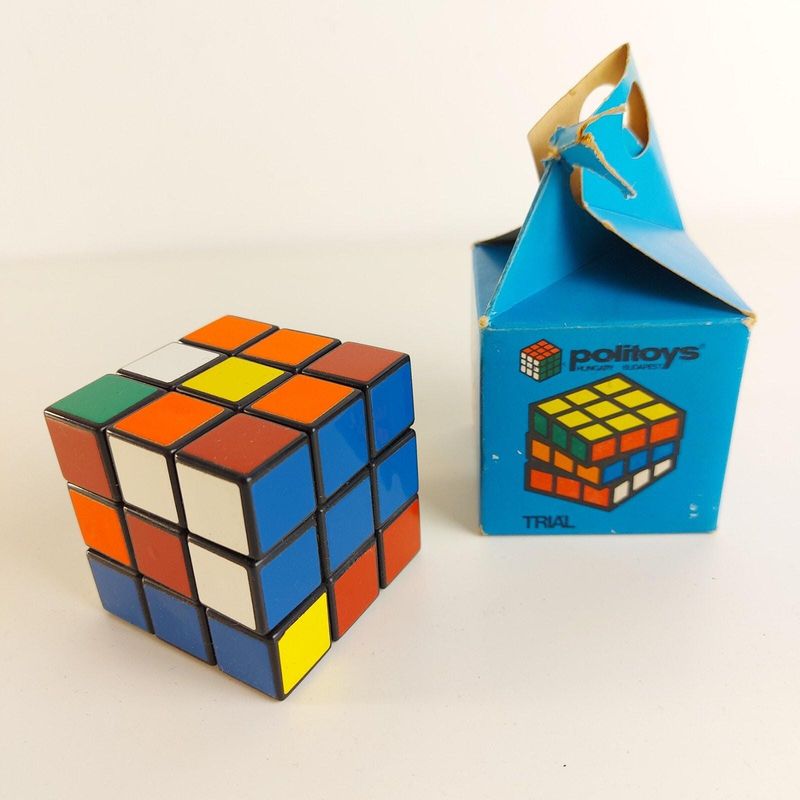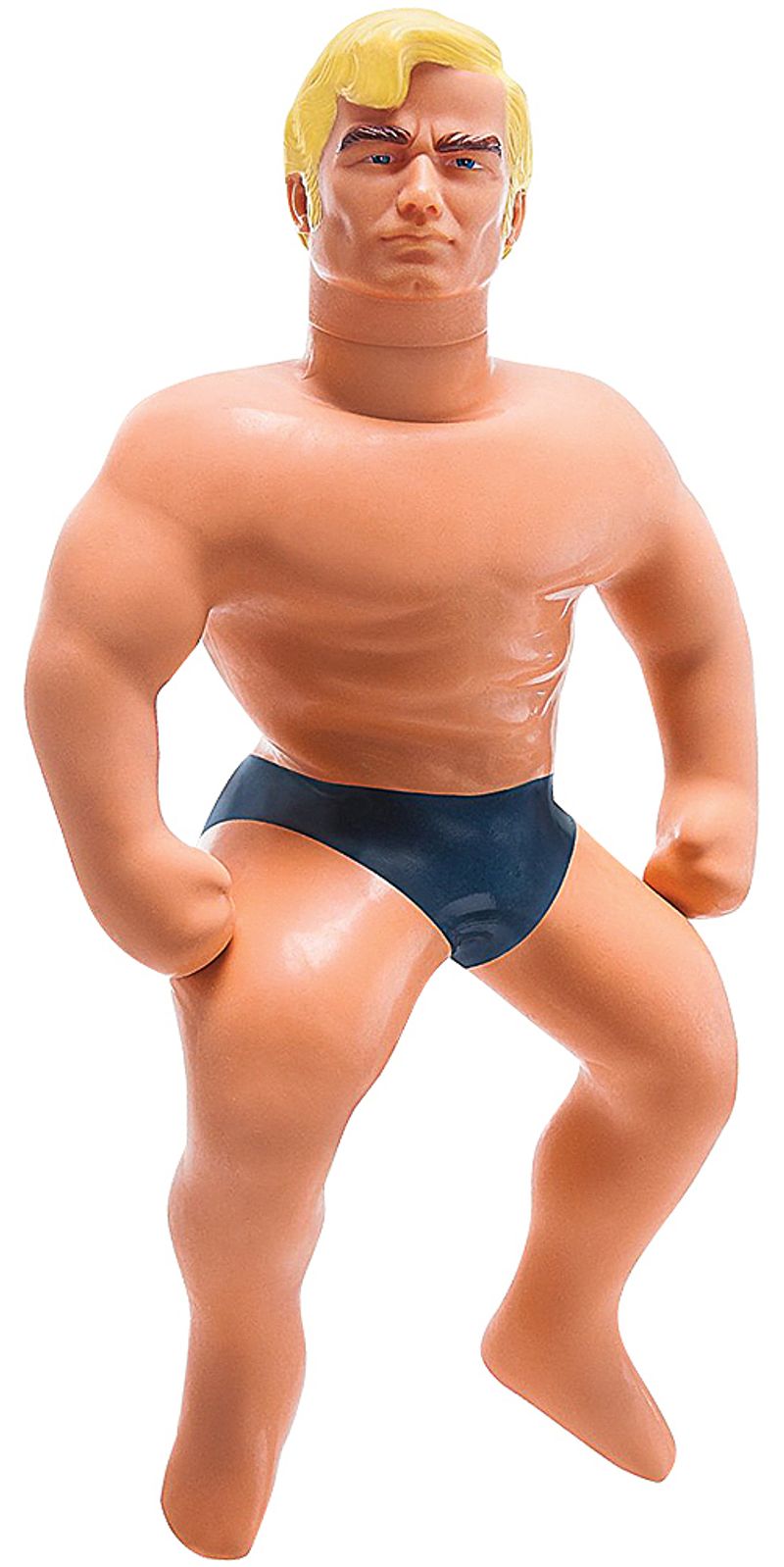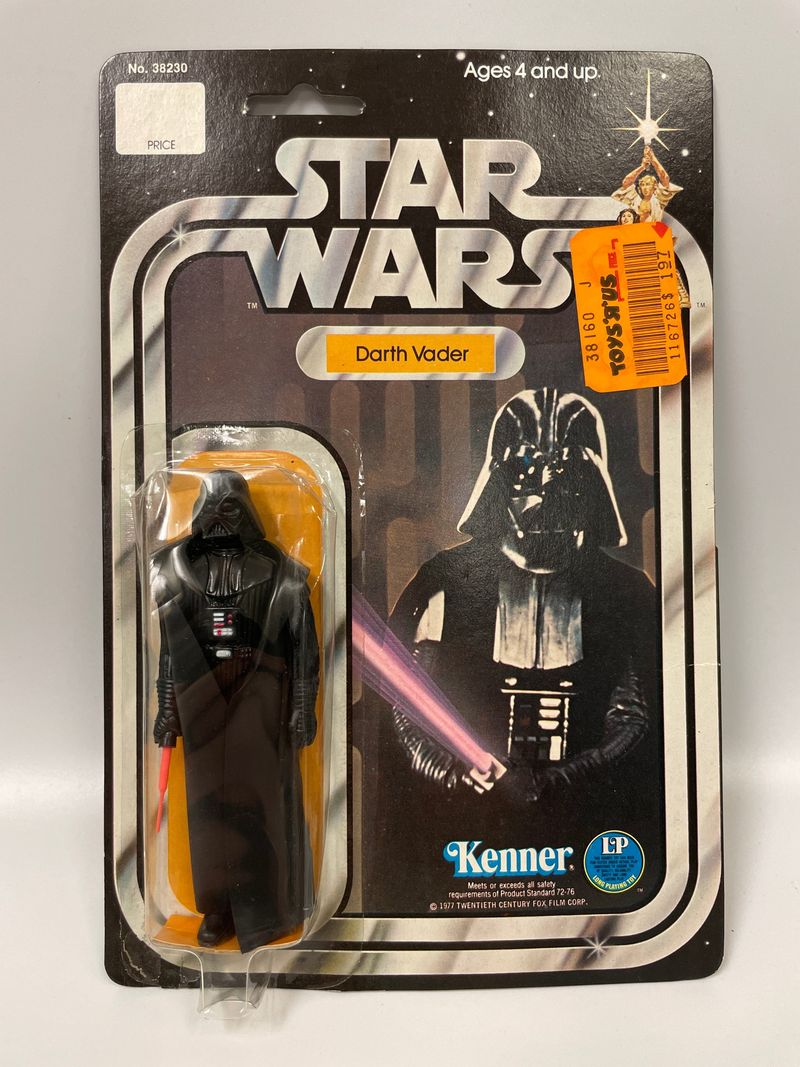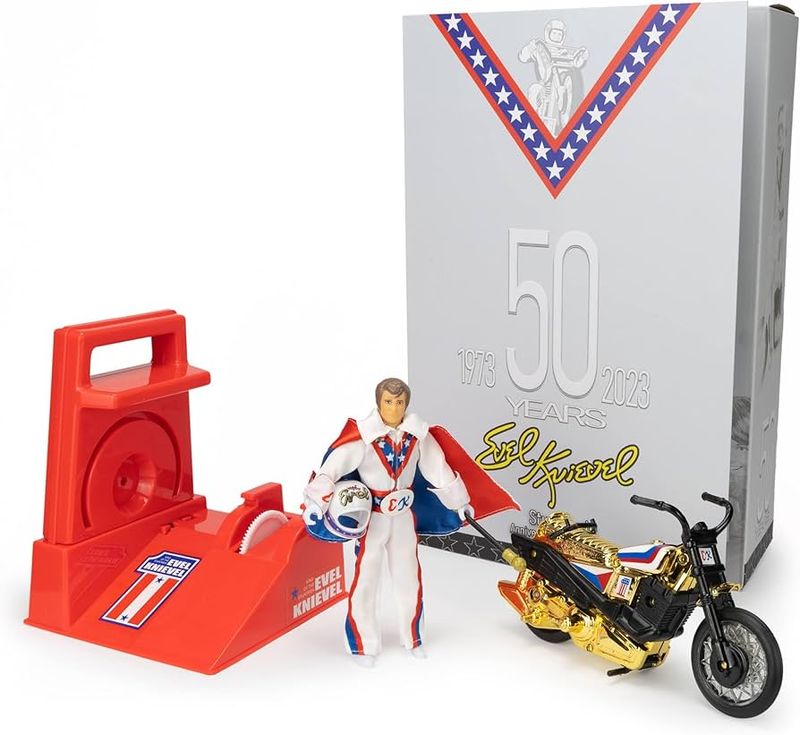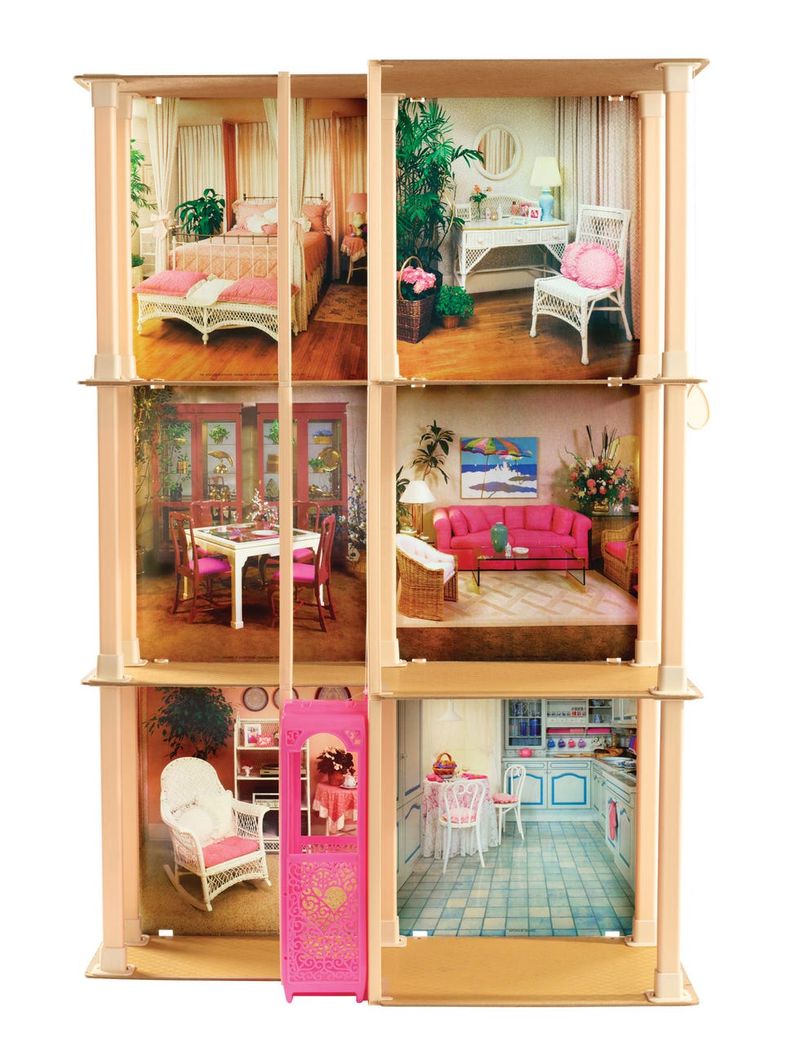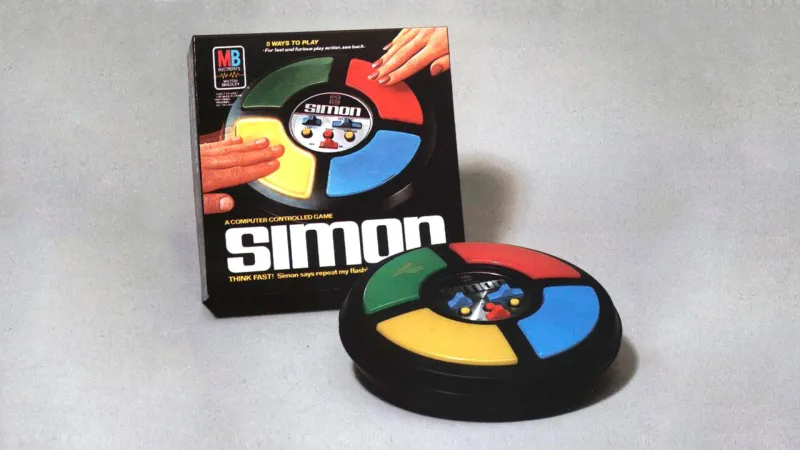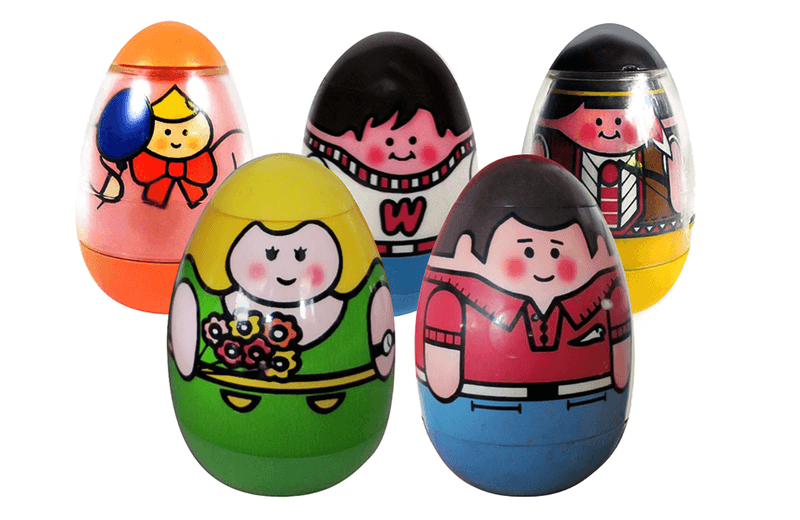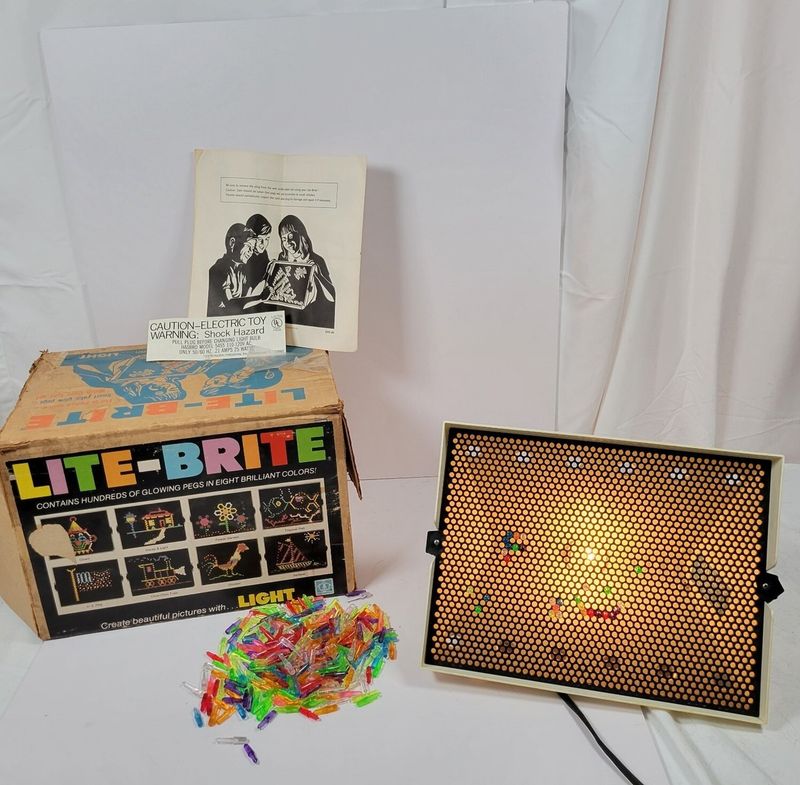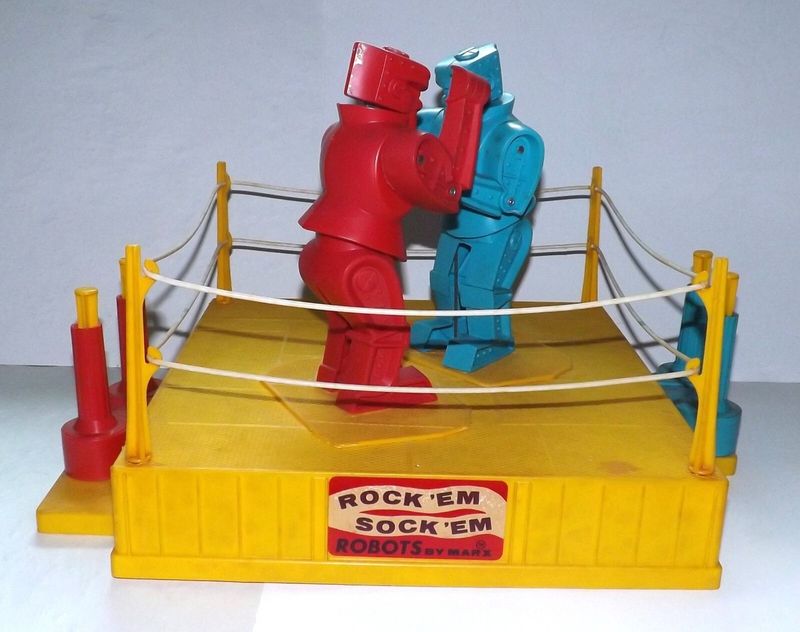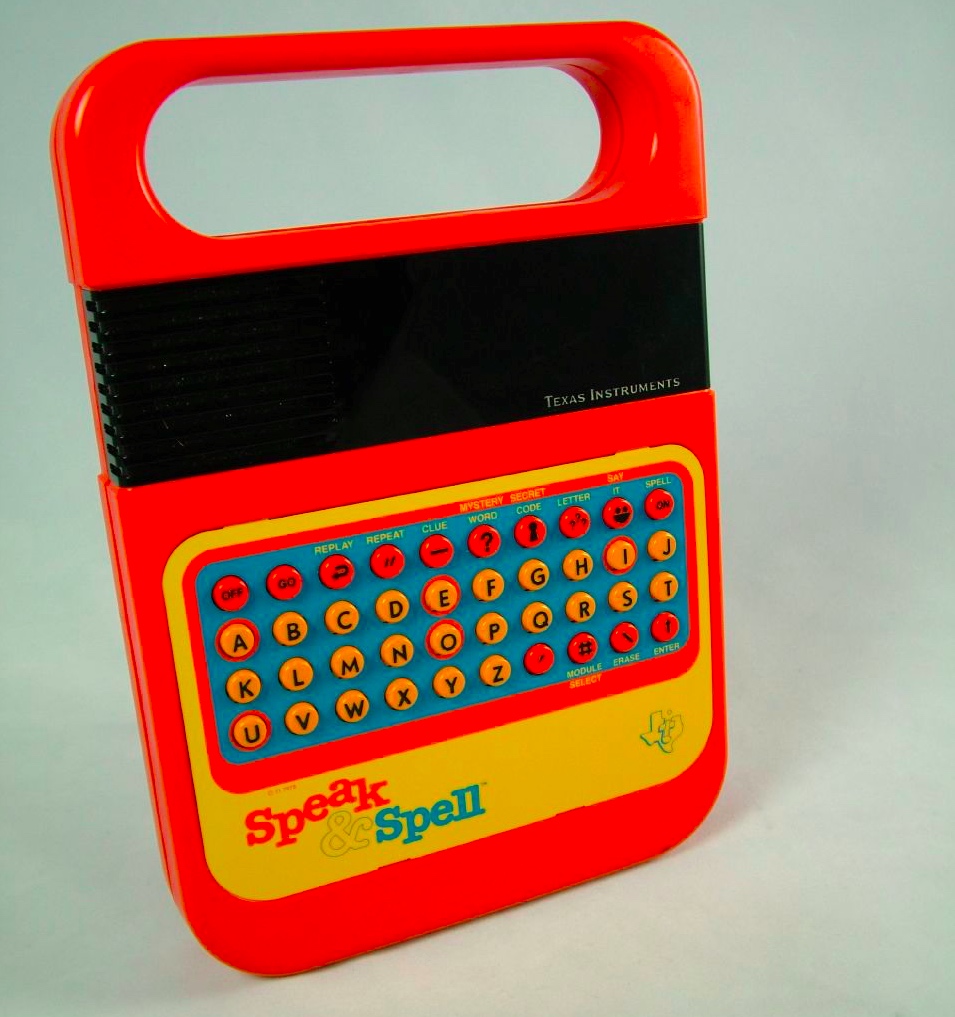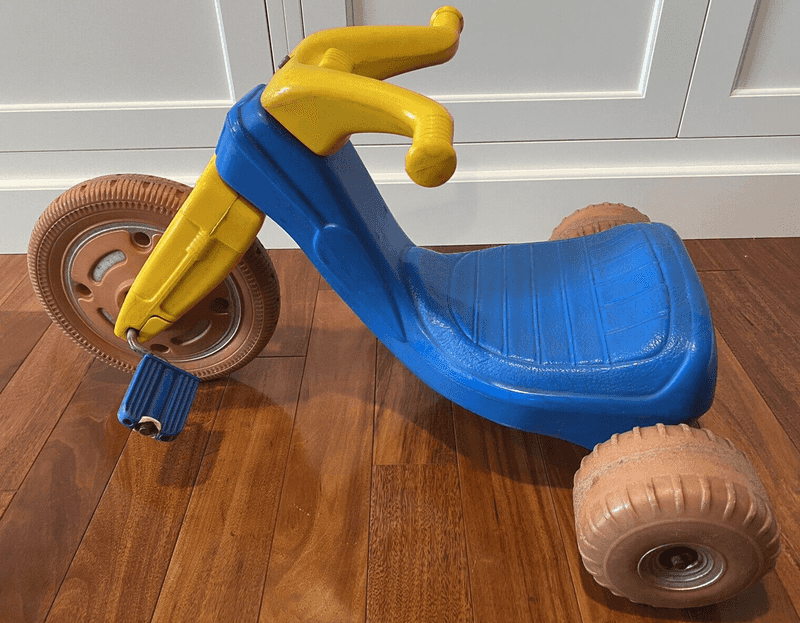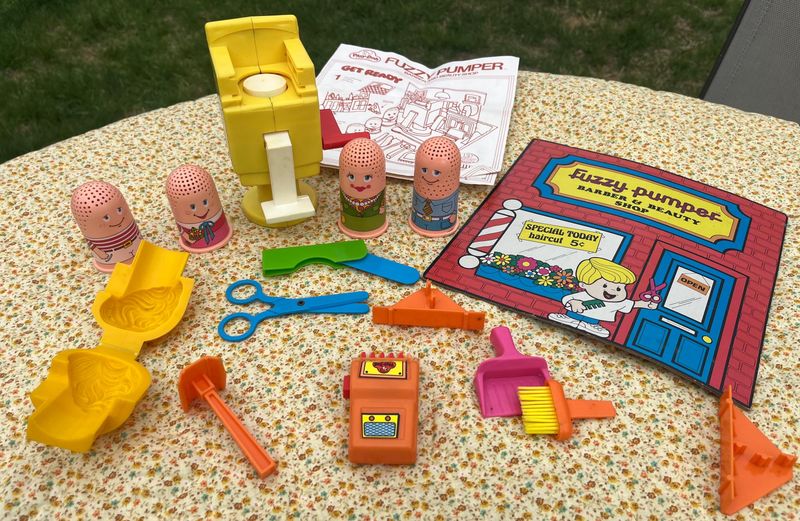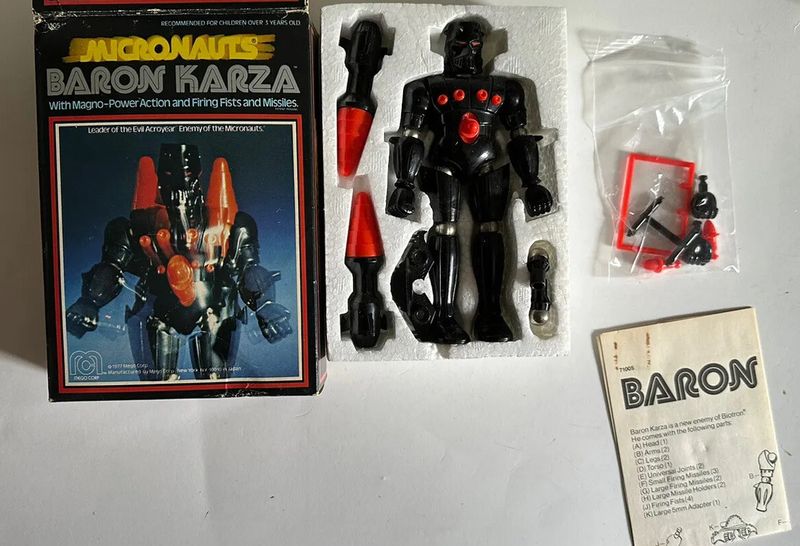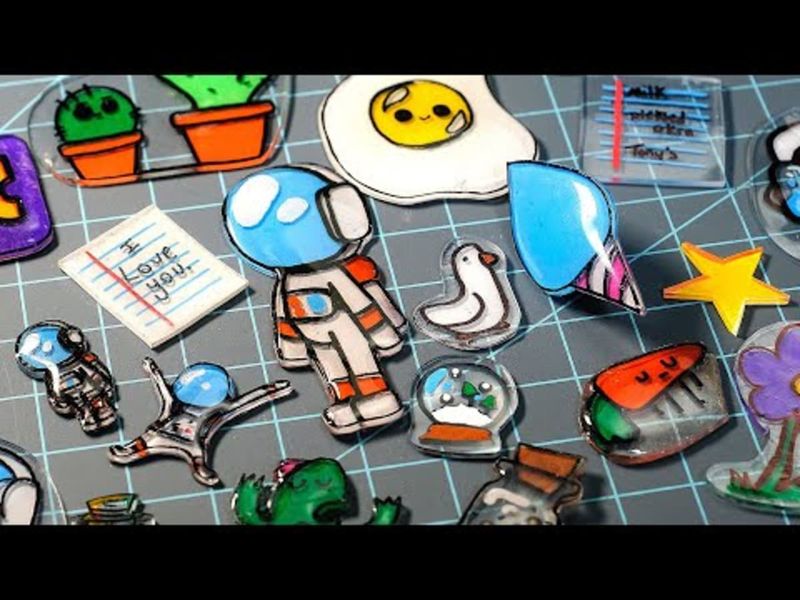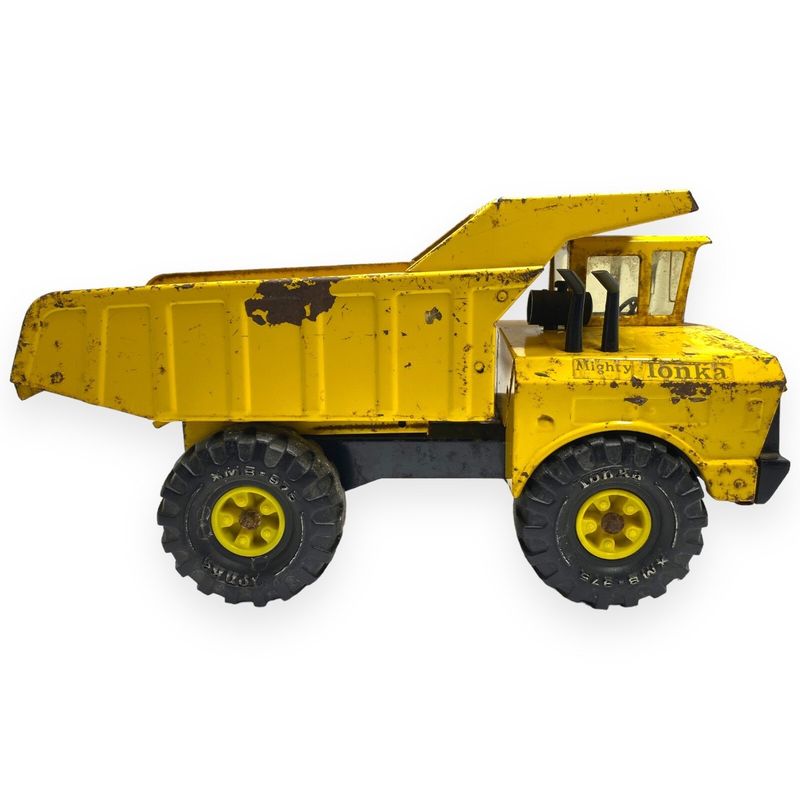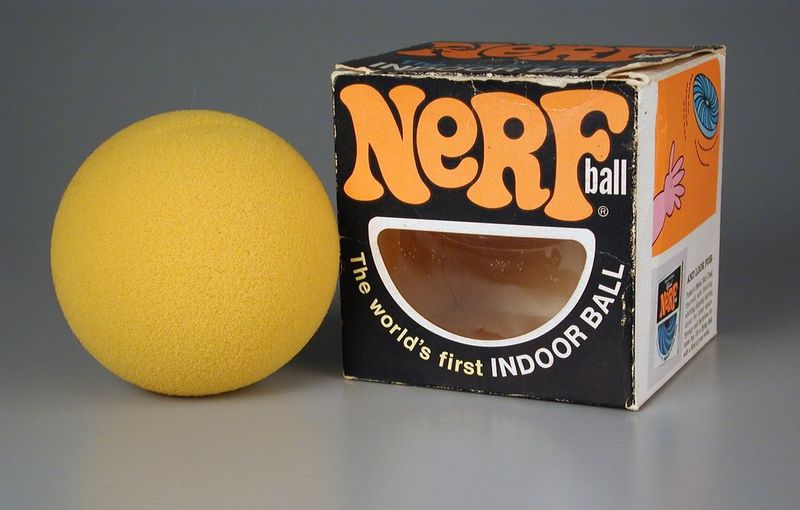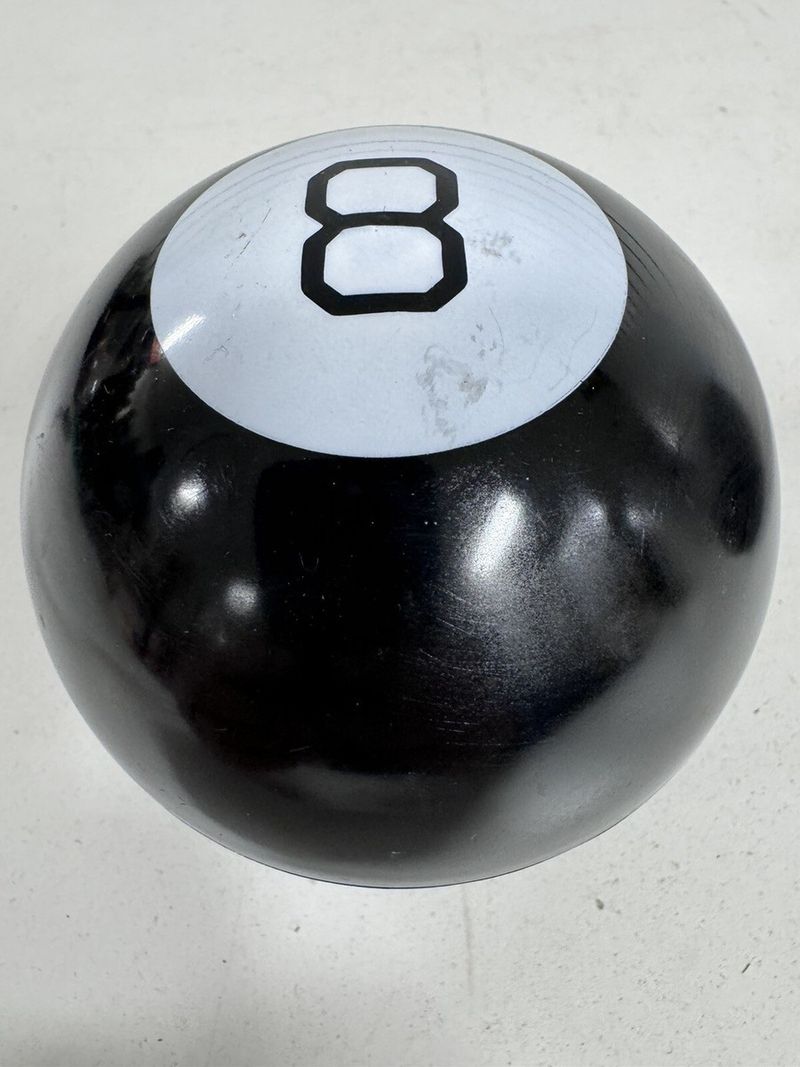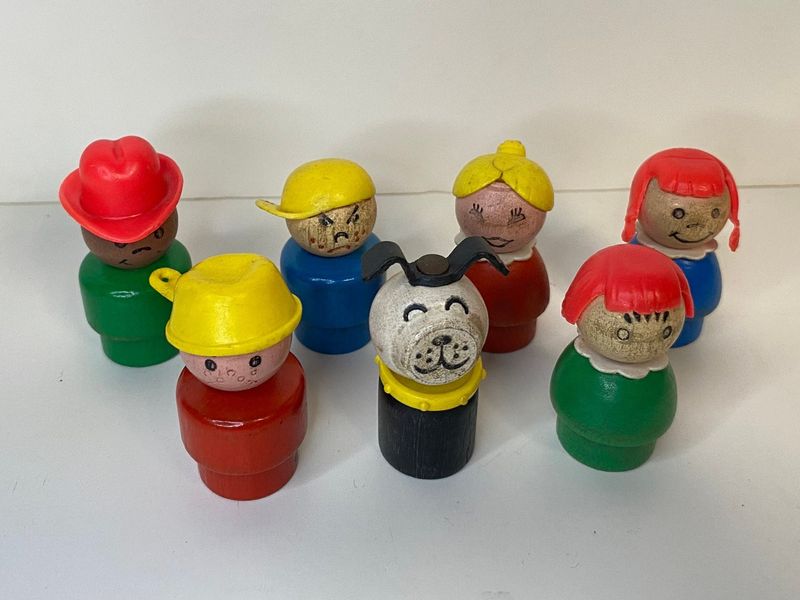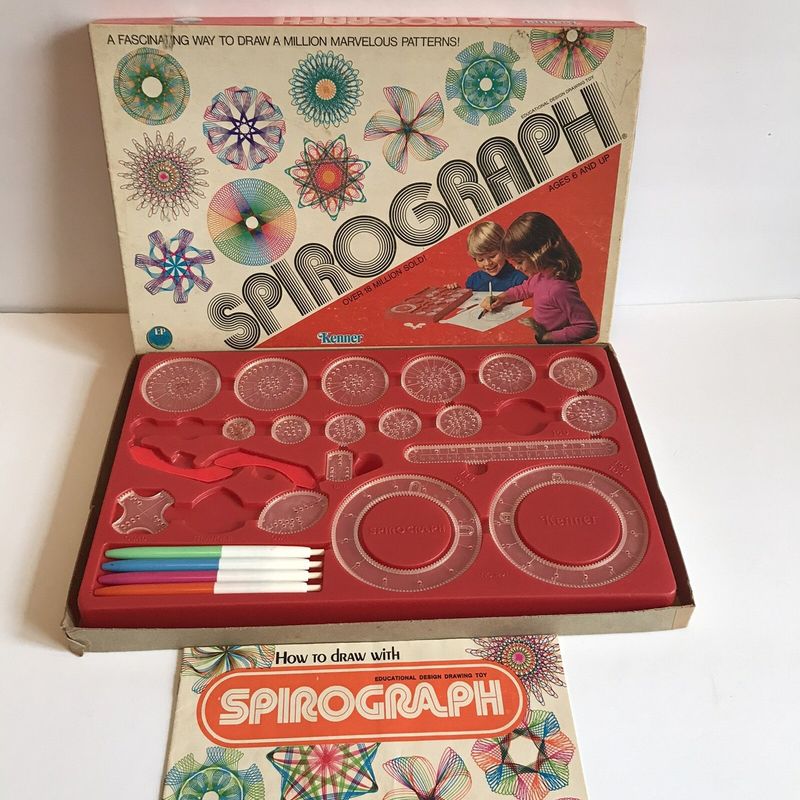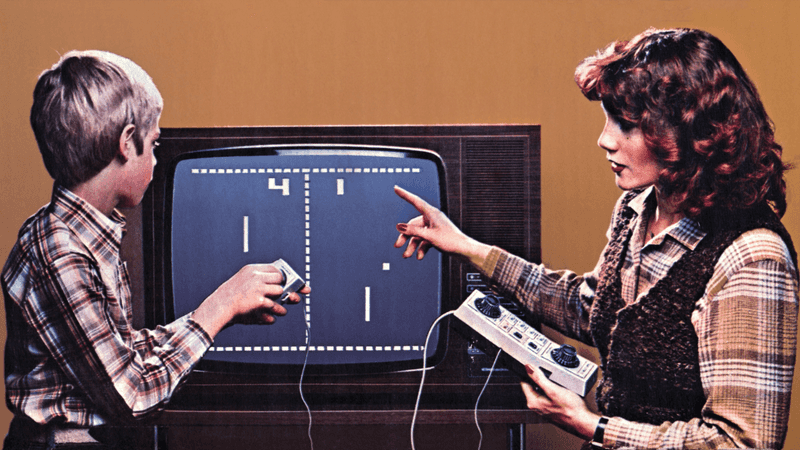The 1970s was a magical decade for toys, bringing us playthings that would define childhoods and pop culture for generations. This was the era when simple concepts turned into must-have treasures, and when plastic fantasies fueled endless hours of imagination. From puzzles that stumped millions to action figures inspired by blockbuster movies, these iconic toys weren’t just playthings – they were the stuff of playground legends.
1. Rubik’s Cube
The colorful puzzle that launched a million frustrated sighs! Originally called the “Magic Cube” in Hungary, this six-sided brain-teaser transformed from mathematical curiosity to worldwide phenomenon. Kids would spend hours twisting and turning, desperate to solve the seemingly impossible challenge. Some became speed-solving champions, while others resorted to peeling off the stickers. The Rubik’s Cube wasn’t just a toy – it was a cultural touchstone that separated the patient problem-solvers from the rest of us. Even today, the distinctive click-clack sound instantly transports people back to the ’70s.
2. Pet Rock
Marketing genius meets absurdity! The Pet Rock wasn’t just any ordinary stone – it came in a custom cardboard carrying case complete with air holes and an official training manual for your geological companion. Creator Gary Dahl struck gold with this simple concept, selling over a million rocks at $4 each. The tongue-in-cheek instructions included commands like “sit” and “stay” – tricks these pets performed flawlessly. Parents were baffled while kids were delighted by the novelty. The Pet Rock proved that sometimes the simplest ideas make the most memorable crazes, even if they only last about six months.
3. Stretch Armstrong
Pull his arms! Stretch his legs! This muscle-bound action figure could extend to four times his original size before snapping back to normal. Filled with a proprietary gel that gave him his elastic powers, Stretch Armstrong was the ultimate test of sibling cooperation – or competition. Kids would gather around to see just how far they could pull before disaster struck. The brave rubber skin eventually gave way to the dreaded leak, leaving sticky goo and childhood heartbreak in its wake. Kenner’s stretchable strongman became such a cultural icon that he’s been rebooted multiple times and even considered for movie adaptations.
4. Star Wars Action Figures
When George Lucas’s space opera exploded onto screens in 1977, Kenner wasn’t prepared for the merchandise frenzy. They famously sold empty boxes with IOUs for figures that wouldn’t be ready until the following year! Standing just 3.75 inches tall, these plastic galactic heroes and villains revolutionized action figures forever. The original 12-character lineup expanded to dozens more, with playsets like the Millennium Falcon becoming the crown jewels of toy collections. Many figures were lost to sandbox adventures or chewed by dogs, making mint-condition originals worth thousands today. The distinctive plastic smell of a freshly opened figure still triggers nostalgia for millions.
5. Evel Knievel Stunt Cycle
Vrrrrrm! The sound of the energizer charging up Evel’s motorcycle meant thrills were moments away. This miniature daredevil on his motorcycle could zoom across floors, up ramps, and inevitably crash into furniture – just like his real-life counterpart! The ingenious wind-up mechanism launched the cycle with impressive force. Kids would create increasingly dangerous jumps using books, pillows, and whatever else was within reach. Ideal Toys captured lightning with this product, selling millions of units during the stuntman’s peak popularity. The distinctive red, white and blue design perfectly matched Knievel’s patriotic jumpsuit, making this toy instantly recognizable even decades later.
6. Barbie’s Dream House
Cardboard never looked so glamorous! The 1970s version of Barbie’s Dream House was a folding cardboard mansion with mod furniture and groovy decorations that captured the decade’s distinctive style. Young imaginations transformed this A-frame abode into the ultimate fantasy home. The kitchen featured a refrigerator with swinging doors, while the bathroom boasted a tub that actually held water – a revolutionary concept at the time! Mattel’s genius was creating an affordable dreamworld that could be packed away when playtime ended. Many ’70s kids spent hours arranging and rearranging the furniture, hosting imaginary pool parties, and creating soap opera-worthy drama among their plastic residents.
7. Simon
Beep-boop-beep! The hypnotic sounds of Simon challenged millions to test their memory skills with its deceptively simple gameplay. Four colored buttons lit up in sequences that players had to repeat – each round adding one more step to remember. Milton Bradley’s electronic marvel was cutting-edge technology for 1978. The flying-saucer shape and electronic tones felt like something from the future, making it irresistible to tech-curious kids and adults alike. Family game nights were transformed as everyone from grandparents to toddlers took turns trying to beat their high scores. The frustrating yet addictive quality of Simon made it the perfect “just one more try” toy that kept players coming back.
8. Weebles
“Weebles wobble but they don’t fall down!” This catchy slogan perfectly captured the egg-shaped magic of these self-righting toys. Push them, tilt them, even knock them over – they’d always pop back upright thanks to their weighted bottoms. Hasbro’s Romper Room-branded figures came in playsets like the Weebles Treehouse, Haunted House, and Circus. Each colorful character had a distinct personality and role in the Weeble community. Perfect for tiny hands still developing coordination, these resilient little people taught a powerful life lesson: when knocked down, just bounce back up! Their rounded design made them particularly satisfying to collect and arrange, with each new Weeble joining the wobbling family.
9. Lite-Brite
Glowing masterpieces emerged from the darkness as children pushed colorful pegs through black paper into a light box. The result? Illuminated pictures that seemed magical in the pre-digital era. Hasbro’s creative toy came with pattern sheets featuring everything from clowns to rocket ships. Ambitious artists would create their own designs, transforming the simple concept into a genuine creative outlet. The satisfying click of each peg and the warm glow of completed pictures made Lite-Brite a bedtime favorite. Parents remember the distinctive crunch underfoot from inevitably lost pegs – a small price to pay for the hours of quiet concentration this toy inspired in otherwise energetic kids.
10. Rock ‘Em Sock ‘Em Robots
Red Rocker versus Blue Bomber – the plastic pugilists that turned living rooms into boxing rings! Two players would furiously punch buttons, making their robot fighters throw lefts and rights until one unfortunate boxer’s head popped up with a satisfying click. Marx Toys created this battle arena for siblings to settle scores without actual violence. The distinctive plastic ring with its yellow ropes contained countless championship bouts, with victors often demanding immediate rematches. The mechanical simplicity masked surprising strategic depth. Seasoned players developed techniques like the corner trap or the rapid-fire combo that would leave opponents frustrated and determined to improve their robot boxing skills.
11. Speak & Spell
“Spell: catastrophe.” The robotic voice of Texas Instruments’ educational breakthrough device challenged children nationwide to improve their vocabulary. This electronic teacher introduced kids to computer technology while disguising learning as play. Released in 1978, Speak & Spell was revolutionary – one of the first handheld devices with a visual display and speech synthesis. The distinctive orange case housed a keyboard, display screen, and an impressive vocabulary of words to master. Beyond spelling bees, creative kids discovered they could make the device say funny things by pressing certain letter combinations. The monotone voice became so iconic that it later appeared in movies like E.T. and music by artists fascinated by its otherworldly sound.
12. Big Wheel
The low-riding plastic trike that ruled suburban sidewalks! With its giant front wheel, small rear wheels, and the signature grinding brake that could send you into a spectacular spin, the Big Wheel was childhood freedom incarnate. Louis Marx and Company created this affordable alternative to metal tricycles in 1969, but the ’70s saw it become a neighborhood staple. The molded plastic construction made it lightweight enough for kids to carry uphill for another thrilling descent. Parents appreciated the safety aspects – the low center of gravity made tipping nearly impossible. Meanwhile, kids loved the growling sound of plastic wheels on concrete and the status that came with owning the coolest ride on the block.
13. Play-Doh
The unmistakable scent of childhood creativity! Though invented in the 1950s, Play-Doh reached new heights of popularity in the ’70s with elaborate playsets like the Fuzzy Pumper Barber Shop and Fun Factory. Kenner’s colorful modeling compound let kids create everything from simple snakes to elaborate fantasy worlds. Parents tolerated finding dried bits in the carpet because of the hours of focused play it provided. The distinctive yellow containers housed a rainbow of colors that inevitably got mixed together into that familiar brownish-gray. Despite this chromatic tragedy, nothing beat the satisfaction of popping open a fresh can and smelling that sweet, slightly salty aroma that scientists still haven’t been able to replicate exactly.
14. Micronauts
Tiny warriors from another dimension invaded toy boxes in 1976! These highly articulated 3.75-inch action figures featured interchangeable parts, transparent components, and futuristic designs that captured the sci-fi obsession of the decade. Mego’s brilliant adaptation of Japan’s Microman toys gave American kids a complete universe to explore. The line included vehicles, playsets, and even a headquarters with working elevator and secret compartments. What made Micronauts special was their versatility – parts could be swapped between figures and vehicles to create custom configurations. This modular approach was revolutionary, influencing future toy lines and even inspiring a Marvel comic book series that expanded their mysterious backstory.
15. Shrinky Dinks
Magic happened in mom’s oven when these special plastic sheets transformed from flimsy drawings into hardened miniature treasures! Kids would color the pre-printed designs or create their own on blank sheets, cut them out, then watch in amazement as they shrunk to about one-third their original size. Betty Morris and Kate Bloomberg invented this craft phenomenon in 1973 after experimenting with plastic food containers. The resulting toy became a birthday party staple and rainy-day savior for countless families. The anticipation of watching your creation curl, twist, and then flatten in the oven was half the fun. Finished Shrinky Dinks became keychains, jewelry, and treasured knick-knacks – homemade memorabilia from a pre-digital era.
16. Tonka Trucks
Built tough enough to withstand backyard construction sites and sandbox mining operations! These metal workhorses were the gold standard of durability in a decade when toys were meant to last. The distinctive yellow dump trucks, bulldozers, and cement mixers were scaled-down versions of real construction equipment. Many were substantial enough for small children to ride on, with moving parts that actually worked. Tonka’s slogan “Tonka Tough” wasn’t just marketing – these toys survived being left in the rain, dropped from heights, and even the occasional trip down the stairs. Today, vintage Tonkas from the ’70s still work perfectly, often handed down through generations as cherished heirlooms.
17. Nerf Ball
“You can’t hurt babies or old people with it!” This revolutionary foam ball changed indoor play forever when it debuted in 1970. Parker Brothers’ squishy, lightweight sphere was the first “indoor ball” that wouldn’t break windows or knock over mom’s favorite vase. The original Nerf ball was a simple 4-inch foam sphere in tan or yellow. Its instant success led to an entire empire of soft toys including the popular Nerf football and eventually the blasters that dominate today. Apartment-dwelling families particularly appreciated this innovation, as it allowed energetic kids to play catch in the living room without causing damage. The satisfying squish when caught and the gentle bounce made it irresistible to hands of all ages.
18. Magic 8-Ball
“Will I get what I want for Christmas?” *shake shake* “Outlook good.” This mysterious fortune-telling toy reached peak popularity in the ’70s, becoming the oracle of choice for playground decisions and slumber party questions. Filled with dark blue liquid and featuring a 20-sided die with different answers, the Magic 8-Ball provided wisdom ranging from the optimistic “It is certain” to the noncommittal “Reply hazy, try again.” Kids would ask everything from homework predictions to crush confessions. Mattel’s mystical sphere maintained an air of supernatural authority despite its random nature. The dramatic reveal as the answer slowly rose to the window created a moment of suspense that digital alternatives have never quite matched.
19. Fisher-Price Little People
Those chunky, wooden peg people with their simple painted faces populated countless childhood imaginations! In the ’70s, these sturdy little figures were the heart of Fisher-Price’s most beloved playsets – from the Family House to the Airport and Farm. The distinctive “plink” sound of Little People dropping through the barn roof or school bus top was the soundtrack to preschool playtime. Unlike today’s detailed versions, vintage Little People were basic shapes that left plenty of room for imagination. Safety concerns eventually led to redesigns, making the original wooden and early plastic versions highly collectible today. Many ’70s kids can still identify specific characters by their colors alone – the yellow girl with red dress or the blue boy with the cowboy hat.
20. Spirograph
Mathematical precision created psychedelic art with this deceptively educational drawing toy! The Spirograph’s plastic gears and rings allowed kids to create complex geometric patterns that looked like they required advanced artistic skills. Kenner’s ingenious design taught principles of mathematics and geometry without children realizing they were learning. The hypnotic process of watching patterns emerge as you guided the pen through the rotating gears had an almost meditative quality. The biggest challenge was keeping the gears from slipping – accomplished artists used pins to secure the paper (sometimes poking holes in mom’s dining table). Completed Spirograph designs often ended up taped to bedroom walls or refrigerators as proof of a child’s newfound geometric mastery.
21. Atari Pong
Beep…beep…beep! The hypnotic sound of digital table tennis bouncing across television screens announced gaming’s arrival in living rooms nationwide. Released in 1975 as a home console, Pong transformed TV sets from passive entertainment into interactive playgrounds. The concept was brilliantly simple – two rectangular paddles, one square ball, and a dotted line down the middle. Despite these basic graphics, families would gather around to compete in this electronic version of ping-pong with unprecedented enthusiasm. Atari’s breakthrough creation spawned countless imitators and established video games as a permanent fixture in American homes. The satisfying “bloop” sound when scoring against an opponent remains one of gaming’s most recognizable audio effects.

